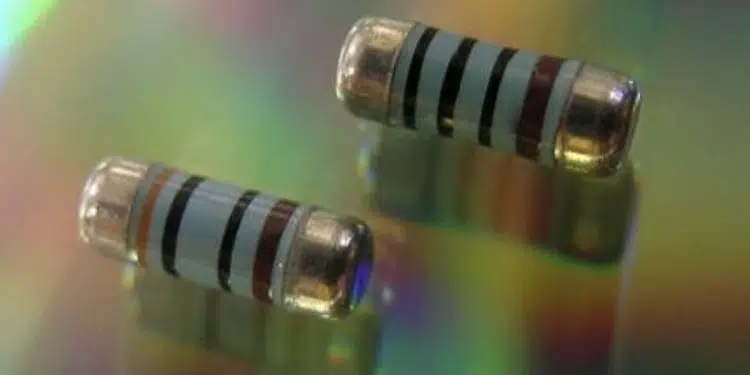Stackpole’s now offers MLFM15 0.3W power MELF resistors.
MELF resistors are known for their superior thermal characteristics and their environmental and electrical stability. Many types of applications such as instrumentation and automation controls, automotive controls, and metering benefit from the exceptional performance provided by MELF resistors.
In designs where space is critical, it is important to maximize the power ratings for resistor to allow for the smallest design footprint. Stackpole’s MLFM15 provides engineers with a solution that meets the thermal, electrical, and size requirements.
The MLFM15 is a small device measuring only 2.2mm by 1.1mm nominal and now offers a 0.3W power rating for tolerances 0.5% and above and TCR’s of 50 ppm and higher. The MLF / MLFM series is RoHS compliant without the need for exemption 7C-1.
Features:
- Thin film technology for precision and stability
- Excellent power to size ratio
- Exhibits good pulse power characteristics
- 100% RoHS compliant and lead free without exemption
- Halogen free
- REACH compliant































